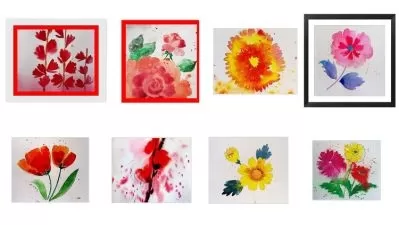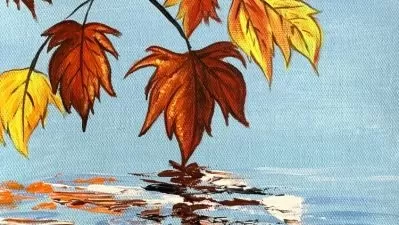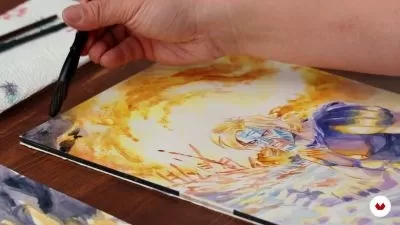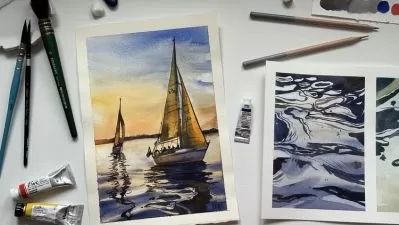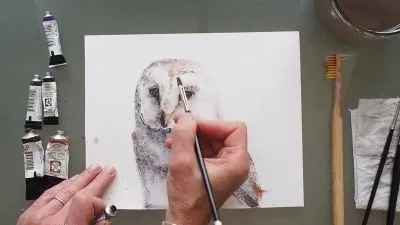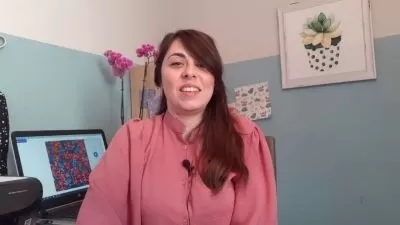About Watercolor PaintingLearn More
Watercolor painting has a tremendous technical range—washes of varying opacity, texturing techniques like dry brushing, wet-on-wet painting, and much more. It can be used to create abstract pieces or astonishingly representational portraiture or landscapes.
Sort by:
Sorting
The newest
Most visited
Course time
Subtitle
Filtering
Courses

Udemy


Gemma Chambers
Realistic Drawings With Watercolor Pencils: Beginner's Guide 3:44:19
07/29/2024
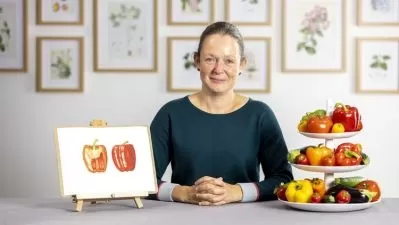
Udemy


David & Charles
Intro to Botanical Painting, Vegetables - Kew Online Course 2:02:27
07/22/2024
Subtitle

SkillShare


Amy Bradley
Learn to Paint Digital Watercolors in Adobe Fresco 1:14:24
English subtitles
02/22/2024
Subtitle
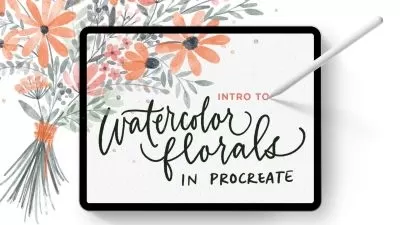
SkillShare


Teela Cunningham
Intro to Watercolor Florals in Procreate 1:20:37
English subtitles
02/22/2024
Subtitle
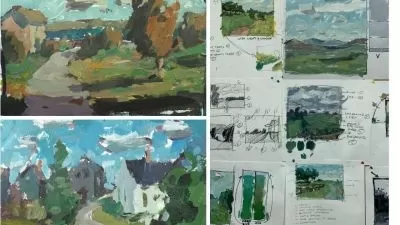
SkillShare


ROBERT JOYNER
The Best Landscape Fundamentals Masterclass - All Mediums Welcome 15:46:56
English subtitles
02/22/2024
Subtitle
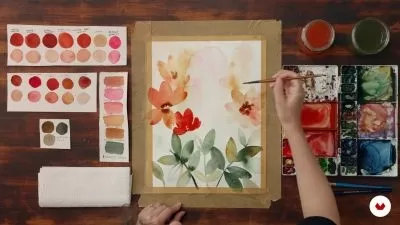
DomestikaArtistic Floral Watercolor Connect with Nature by Inga Buividavice
3:29:04
English subtitles
02/20/2024
Subtitle

SkillShareDaily Lettering Challenge 31 Creative Lettering Ideas with Pam Garrison
3:42:40
English subtitles
02/05/2024
Subtitle
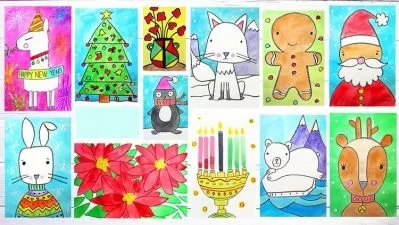
Udemy


Em Winn
Art Classes for Beginners: Draw & Paint 12 Holiday Projects 2:40:01
English subtitles
01/27/2024
Frequently asked questions about Watercolor Painting
Watercolor is a type of painting created by mixing colored pigments or pan paints with water in a tray palette. Using a paintbrush, the translucent paint mixture is then applied directly onto a textured, cold-press paper. Whether you are a beginner or a seasoned artist, watercolor painting is a great skill to learn. Since the medium requires few tools and accessories, it’s ideal for artists with small studios, those who love to travel, or those who love to paint outside. Additionally, because the paints are water-based and non-toxic, they are accessible for everyone to use at any age. Watercolor is a very versatile medium, perfect for all styles of painting. The painter may choose to allow colors to bleed together, forming more fluid and abstract compositions. Or the painter can create sharper lines with saturated hues yielding more realistic-looking paintings. There are endless possibilities for creative expression using watercolors.
The true benefit of watercolor painting is that you can learn the basic techniques relatively quickly. Some of the most common are flat washes, gradients, spattering, dry brush, wet-on-wet, and wet-on-dry. You’ll also have to experiment with mixing just the right amount of water with your paints to make sure that paint can flow evenly across the paper but the color is still vibrant and transparent. Once you’re familiar with these fundamentals, and with some practice, you’ll start creating finished paintings in a few weeks. As you continue on your artistic journey with watercolor, you may also pick up some more advanced tricks of the trade using masking tape, paper towels, and even salt. The most important thing to remember about watercolor is that even when it seems to have a mind of its own, you can easily correct the small mistakes by blending or blotting, or simply embracing them as part of your masterpiece.
If you need watercolor inspiration, art history provides plenty of examples to look to. Albrecht Dürer was perhaps the first to use watercolor regularly and popularized it in Germany. “Young Hare” of 1502 is a good sample of his work. William Blake, poet and artist, used watercolor to illustrate Dante’s Divine Comedy, like in the bittersweet scene “The Lovers Whirlwind,” 1824-27. To see a tight, realistic use of watercolor, check out James John Audubon’s “Birds of America” portfolio. Although most famous for his swirling oil paintings, Vincent Van Gogh also used watercolor to great effect. For example, the sunset landscape “The Oise at Auvers” from 1890. Georgia O’Keeffe first learned painting using watercolor and continued with it throughout her life, as seen in “Train at Night in the Desert,” 1916. Those interested in abstraction might look to Beauford Delaney’s watercolors from the 1960s. Contemporary artists using watercolor include Cecily Brown, Gerard Richter, and Yayoi Kusama.





